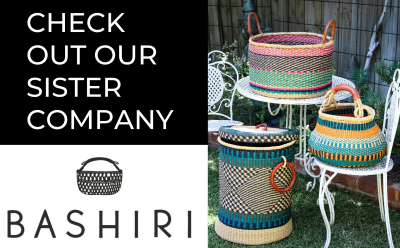
Shifting from sitting to standing can be a little daunting, but once you get comfortable with playing standing up you’ll discover a huge range of benefits.
Firstly, standing gives you the opportunity to rove and dance whilst you drum – steeping up your performance groove and interaction with the audience and your ensemble too. You can swing to the music and get out into the action with the crowd.
Secondly, it fast tracks your playing. Standing requires activation of more muscle groups through the back, arms, shoulders and legs – it’s basically a full body workout! Using all these muscle groups tones and focuses the body for playing and develops a precision in your technique faster than when sitting.
At the start it can feel a little awkward and a bit like like hard work, but with each experience it becomes easier and eventually second nature. I actually prefer the feeling and freedom of standing to play now and always enjoy the benefits from it. So, get strapping on every week and you’ll find a new strength and precision in your playing.
– Simon


















